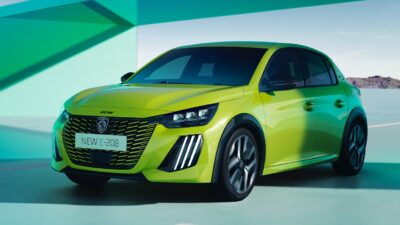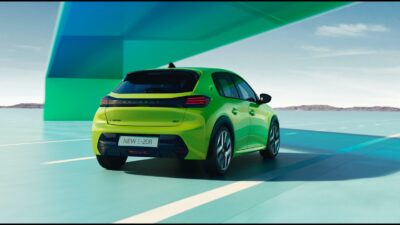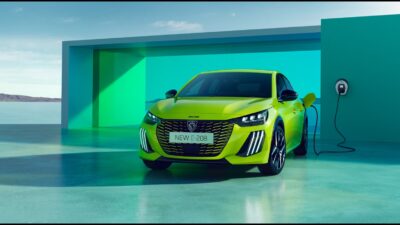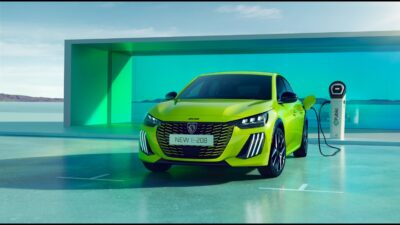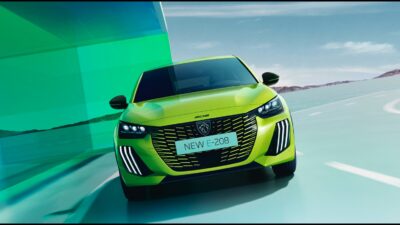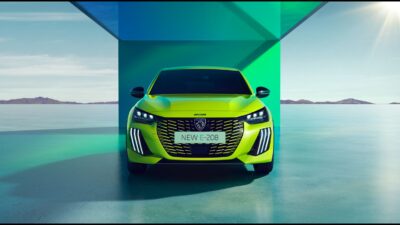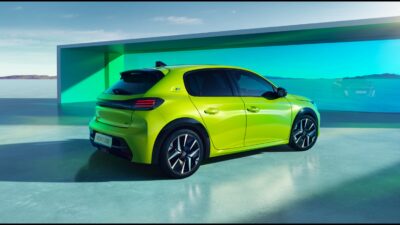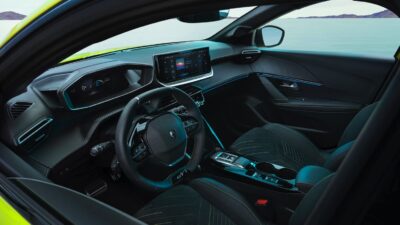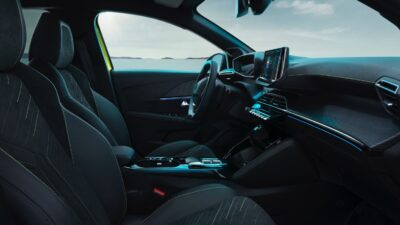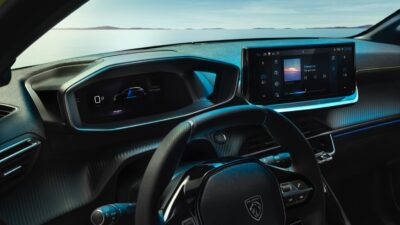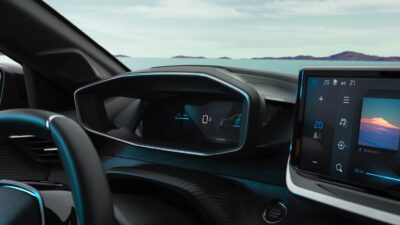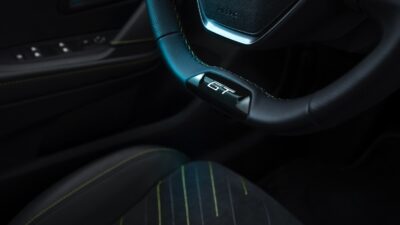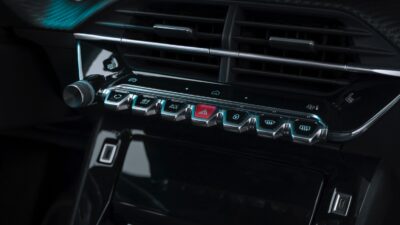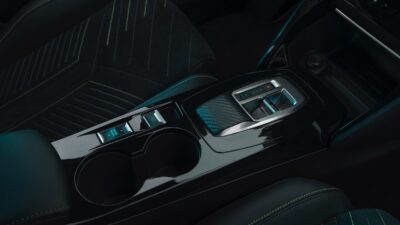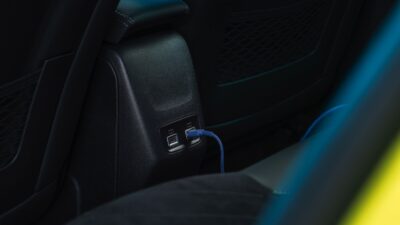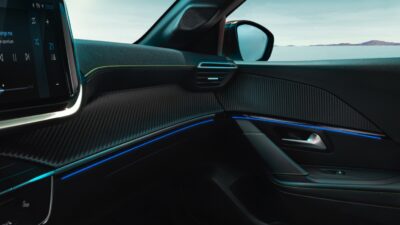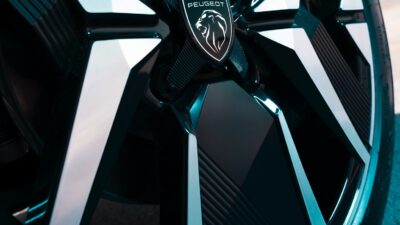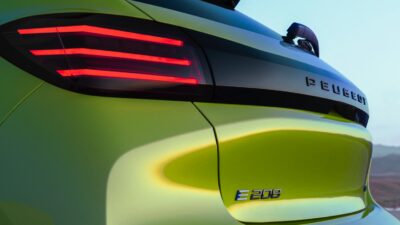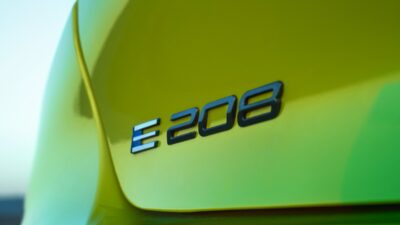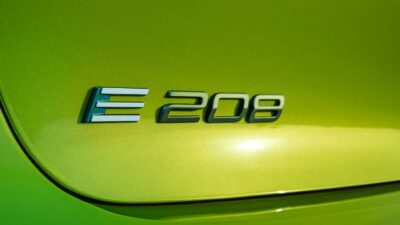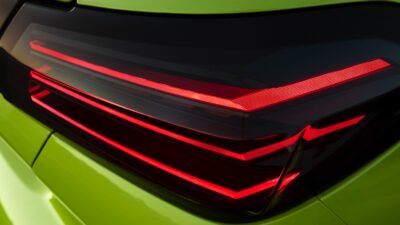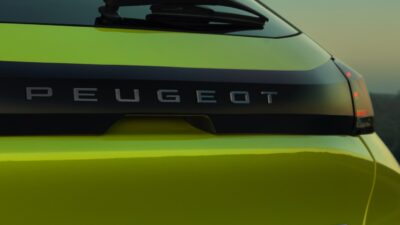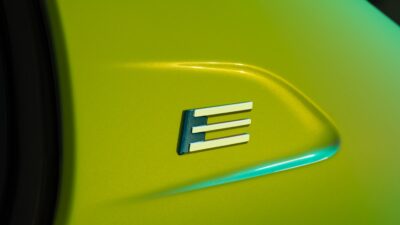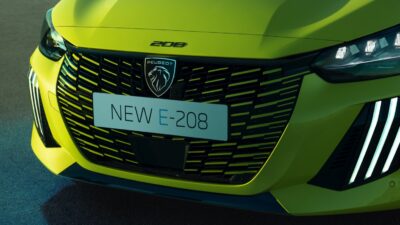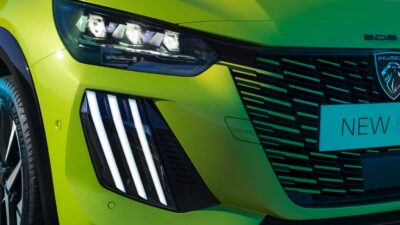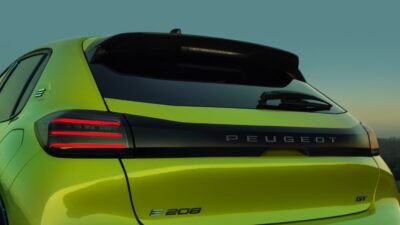Product Description
Overall Score
Max Speed, Acceleration, Battery Power, Realistic Range and Max Battery Charge Speed. These are considered by consumers to be the most important metrics when considering the purchase of an EV (besides the price). The percentage bars show how well this EV’s stats stand against all the other EV’s on the site. The big number above is the overall percentage score for this EV based on the five metrics.
Maximum Speed
Acceleration 0-62
Battery Power
Max Charge Speed
Real Range
Real Range Estimation
Indication of real-world range in several situations. Cold weather: ‘worst-case’ based on -10°C and use of heating. Mild weather: ‘best-case’ based on 23°C and no use of A/C. For ‘Highway’ figures a constant speed of 70 mph is assumed. The actual range will depend on speed, style of driving, weather and route conditions.
City – Cold Weather (miles)
Highway – Cold Weather (miles)
Combined – Cold Weather (miles)
City – Mild Weather (miles)
Highway – Mild Weather (miles)
Combined – Mild Weather (miles)
Performance
Acceleration, Speed, Battery Power, Torque, Range and Drive are all important factors to consider. Torque is not only important for sportscars, but also for EV’s that need to carry big loads or tow a trailer/caravan. Drive is also very important, as it determines how many wheels have power. All-Wheel-Drive (AWD) is considered the best for optimal control. The total battery capacity is the amount of energy it can store when it’s fully charged to 100%. The usable battery capacity is how much energy the user is allowed to access. A small portion of the battery capacity is reserved to help prevent premature degradation of the battery when charging to 100%.
Acceleration 0 – 62 (mph)
Top Speed (mph)
Electric Range (miles)
Drive
Front
Total Power (kW)
Total Torque (lb-ft)
Total Battery Capacity (kWh)
Usable Battery Capacity (kWh)
Real Energy Consumption Estimation
Indication of real-world energy use in several situations. Cold weather: ‘worst-case’ based on -10°C and use of heating. Mild weather: ‘best-case’ based on 23°C and no use of A/C. For ‘Highway’ figures a constant speed of 70 mph is assumed. The energy use will depend on speed, style of driving, climate and route conditions.
City – Cold Weather (Wh/mi)
Highway – Cold Weather (Wh/mi)
Combined – Cold Weather (Wh/mi)
City – Mild Weather (Wh/mi)
Highway – Mild Weather (Wh/mi)
Combined – Mild Weather (Wh/mi)
DC Charging (Rapid)
Rapid charging enables longer journeys by adding as much range as possible in the shortest amount of time. Charging power will decrease significantly after 80% state-of-charge has been reached. A typical rapid charge therefore rarely exceeds 80% SoC. The rapid charge rate of an EV depends on the charger used and the maximum charging power the EV can handle.

Fastcharge Port
CCS
FC Port Location
Left Side – Rear
FC Port Location 2
Fastcharge Power (max, kW DC)
Fastcharge Time (minutes)
Fastcharge Speed (mph)
AC Charging (Standard)
Charging is possible by using a regular wall plug or a charging station. Public charging is always done through a charging station. How fast the EV can charge depends on the charging station (EVSE) used and the maximum charging capacity of the EV. AC power sources are much less powerful than DC power sources (which are only found at commercial premises), hence take a much longer time to charge.

Charge Port
Type 2
Port Location
Left Side – Rear
Port Location 2
Charge Power (kW AC)
Charge Time
5h15m
Charge Speed (mph)
Cargo & Towing
Towing capacity on your vehicle will usually be specified as braked towing capacity. This is the maximum your vehicle can tow if your trailer has its own brakes. Unbraked towing capacity is the maximum your vehicle can tow if your trailer has no brakes. A ‘Frunk’ refers to the front trunk – Since EV’s do not need to house a traditional combustion engine, this space is turned into a storage compartment, often for storing charging cables.
Cargo Volume (litres)
Cargo Volume Max (litres)
Cargo Volume Frunk (litres)
Roof Load (kg)
Tow Hitch Possible
No
Towing Weight Unbraked (kg)
Towing Weight Braked (kg)
Vertical Load Max (kg)
Dimensions & Weight
GVWR is the maximum weight rating established by the chassis manufacturer. A vehicle’s GVWR is the maximum amount of weight the vehicle can weigh when fully loaded with occupants and cargo. A vehicle’s payload rating is the amount of weight the vehicle can haul and is calculated by subtracting the vehicle’s actual curb weight from its gross vehicle weight rating.
Length (mm)
Width (mm)
Width with mirrors (mm)
Height (mm)
Wheelbase (mm)
Weight Unladen (EU, kg)
Max. Payload (kg)
Miscellaneous
Seating, software and vehicle classification. Dedicated EV platforms enable a more spacious interior, larger batteries, less wasted space, etc. These are more favourable, as they have been designed from scratch to better suit the requirements of an EV, rather than taking an existing ICE vehicle model and adapting it as an EV – A practice that is common amongst legacy vehicle manufacturers.
No. of Seats
Isofix
No Data
Turning Circle (metres)
Platform
PSA eCMP
Car Body
Hatchback
Segment
Supermini
Roof Rails
No
EV Dedicated Platform
No
Additional Information
| Acceleration 0-62 (sec) | 8.2 |
|---|---|
| Battery Power (kW) | 115 |
| Charge Speed @7.4kW* (mph) | 37 |
| Max Range (miles) | 190 |
| Top Speed (mph) | 93 |
| Manufacturer | Peugeot |
| Max Charge Speed (mph) | 290 |
| Energy Efficiency (Wh/mi) | 253 |
| Number of Seats | 5 |
| Max Cargo Volume (Litres) | 1106 |
| Gross Vehicle Weight (Kg) | No Data |
| Wheelbase (mm) | 2540 |
| Unladen Kerbweight (Kg) | 1550 |
| Max. Roof Load (Kg) | No Data |
| Max. Loading Weight (Kg) | No Data |
| Transmission | Automatic |
| Engine Torque (lb-ft) | 192 |
| Drive Train | Front |
| Turning Circle - Kerb to Kerb (Metres) | No Data |
| NCAP Overall Rating | #N/A |
| Vehicle Homologation Class | M1 |
| Body Type | Hatchback |
| Length (mm) | 4055 |
| Width (mm) | 1765 |
| Height (mm) | 1430 |
| Battery Capacity (kWh) | 51 |
| Charge Port Type | Type 2 |
| Charge Port Location | Left Side – Rear |
| Max AC Charge Power (kW) | 11 |
| Max DC Charge Power (kW) | 100 |
| Availability Date | 2023 |
| Availability Status | Expected |
| Acceleration Score | 4 |
| Battery Power Score | 2 |
| Charge Speed Score | 4 |
| Expected Month | November |
| Overall Score | 40 |
| Range Score | 5 |
| Top Speed Score | 5 |

